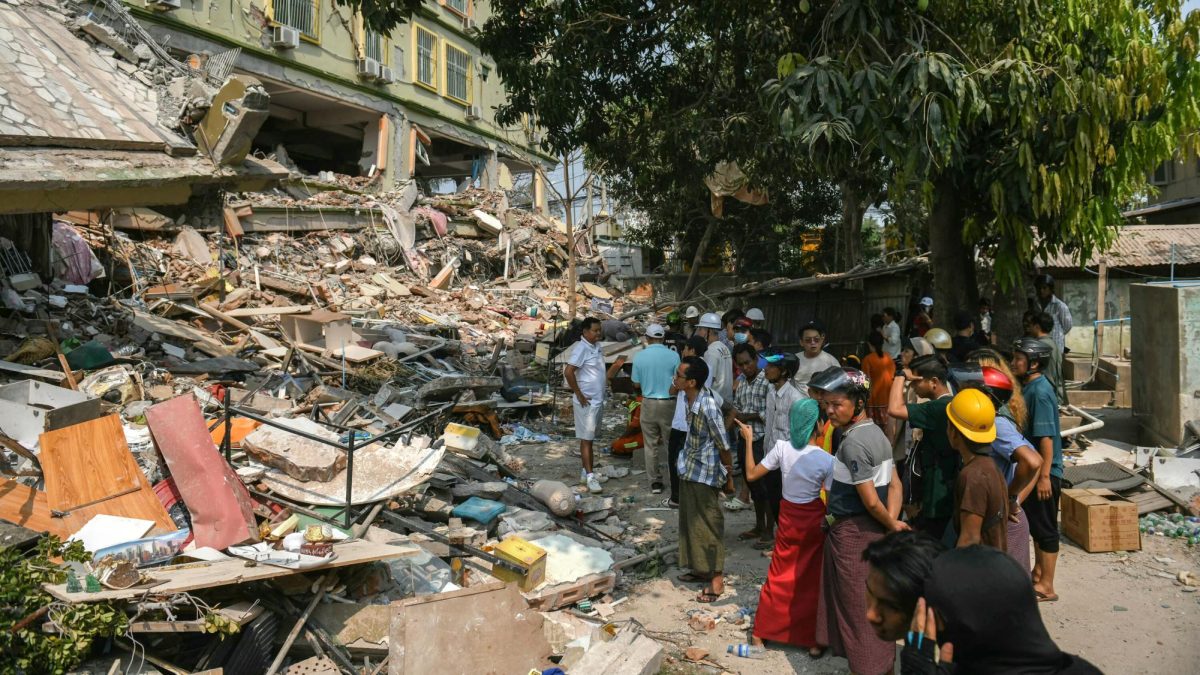Late October 10th, a strong wind could be heard coming to Florida as it slowly became larger and more disastrous, impacting everything in its way and destroying neighborhood after neighborhood.
Hurricane Milton, a Category 4 storm, emerged as a significant threat in the Atlantic during the 2024 hurricane season with sustained winds reaching up to 130 mph, and a well-defined eye. As it intensified, there was an announcement to urgently evacuate the area as the waters rose to 15 feet. As it rapidly approached land, meteorologists tracked its path closely and saw how impactful it would be, destroying everything in its view.
This hurricane is not only highlighting a significant role in climate change but also serves as a catalyst for discussions on sustainable practices. Furthermore, it emphasizes improving emergency and response systems and community preparedness to mitigate the impacts of future storms.
This storm resulted in numerous casualties, and displaced thousands of people out of their homes, highlighting the human toll of such disasters. Economically, Hurricane Milton had a profound impact, with damaged estates worth billions of dollars. The destruction of homes, infrastructures, and wildlife had not only resulted in immediate repair costs but also disrupted local economies reliant on commerce and agriculture. In addition to the loss of homes, people also suffered a loss of jobs and income for families already struggling to make ends meet. This storm greatly affected residents facing long-term economic challenges.
Lastly, Hurricane Milton impacted four states on the coast, with some places getting extreme flooding, damages, and power outages, as well as a far extension beyond the immediate destruction. The storm highlighted vulnerability in infrastructure, economic, human loss, and survival and the core of preparedness and recovery. In the years to come, people are taking more careful protocols against hurricanes every season and making an early evacuation before it gets worse across the country.














